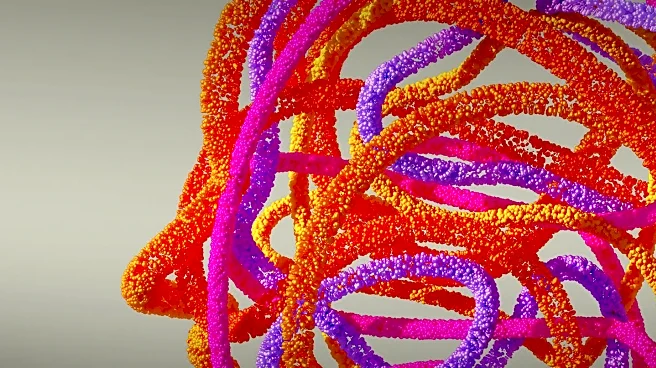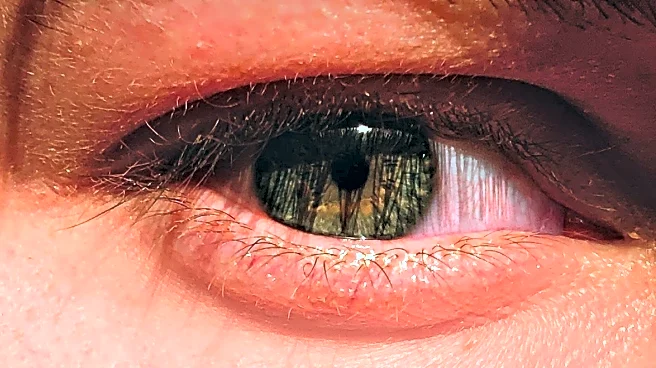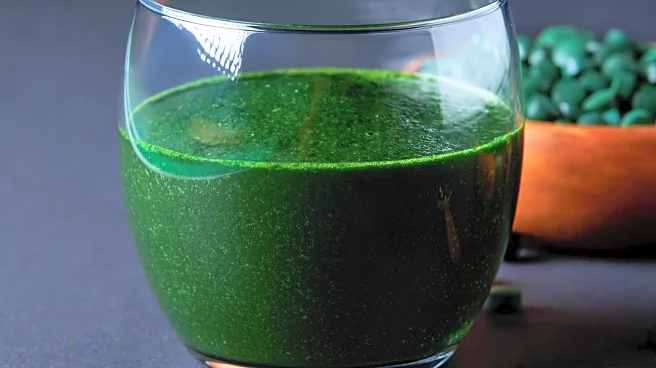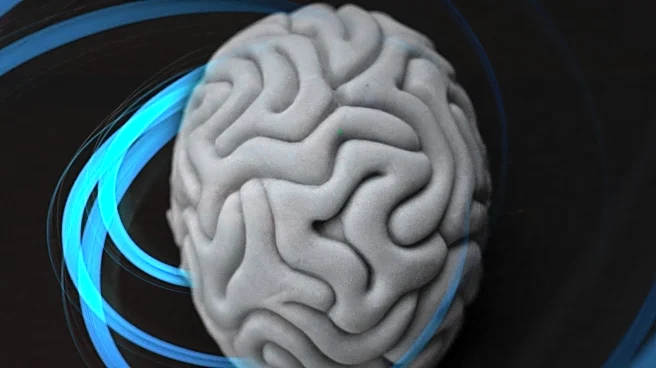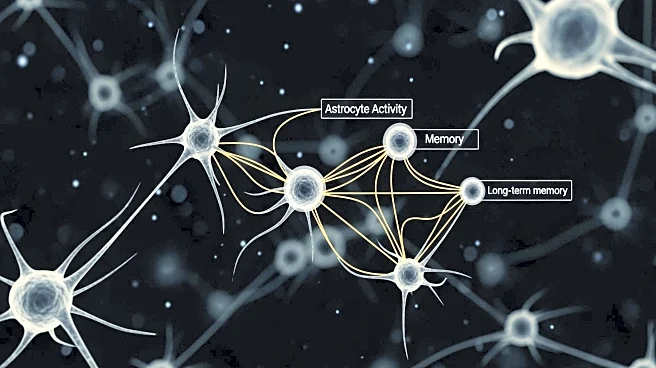What's Happening?
A study published in Nature investigates vasomotion in cerebral vessels, focusing on arterioles and venules in mice. Researchers characterized dynamic features of these vessels in awake and anesthetized states, revealing differences in vasomotion frequency
and amplitude. The study found that anesthesia suppresses vasomotion, affecting cerebral blood flow (CBF) regulation. Using advanced imaging techniques, researchers observed spatial heterogeneity of vasomotion across arteriolar bifurcations and noted that ischemic stroke leads to vasomotion disruption. The study highlights the role of vasomotion in maintaining homeostatic CBF and its potential impact on cerebrovascular health.
Why It's Important?
Understanding vasomotion is crucial for comprehending how cerebral blood flow is regulated, which has implications for conditions like stroke and vascular dementia. The study suggests that vasomotion plays a functional role in driving microcirculatory flow, beyond structural dilation or constriction. This research could lead to new insights into cerebrovascular regulation and potential therapeutic targets for improving blood flow in pathological states. The findings emphasize the importance of vasomotion in maintaining CBF and suggest that its loss may contribute to cerebral hypoperfusion in diseases like Alzheimer's.
What's Next?
Further research is needed to explore the mechanisms driving vasomotion and its role in cerebrovascular health. The study suggests that preserving vasomotion may be critical for post-stroke CBF restoration. Researchers aim to investigate how vasomotion changes influence cerebral blood flow and explore potential therapeutic interventions to enhance vasomotion in pathological states.
Beyond the Headlines
The study highlights the potential for using vasomotion as a sensitive biomarker of heartbeat and respiratory function. By experimentally verifying the physiological basis of vasomotion frequency components, this research clarifies assumptions in the field and paves the way for applying vasomotion in clinical settings.



